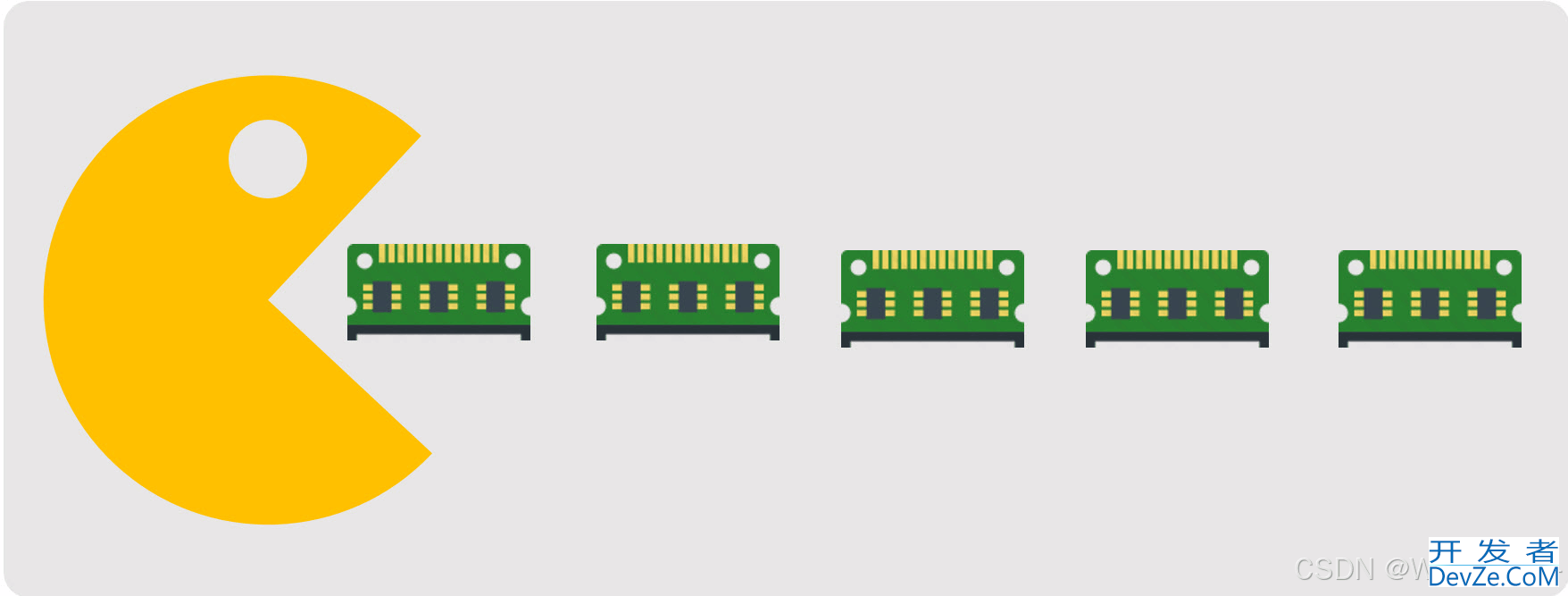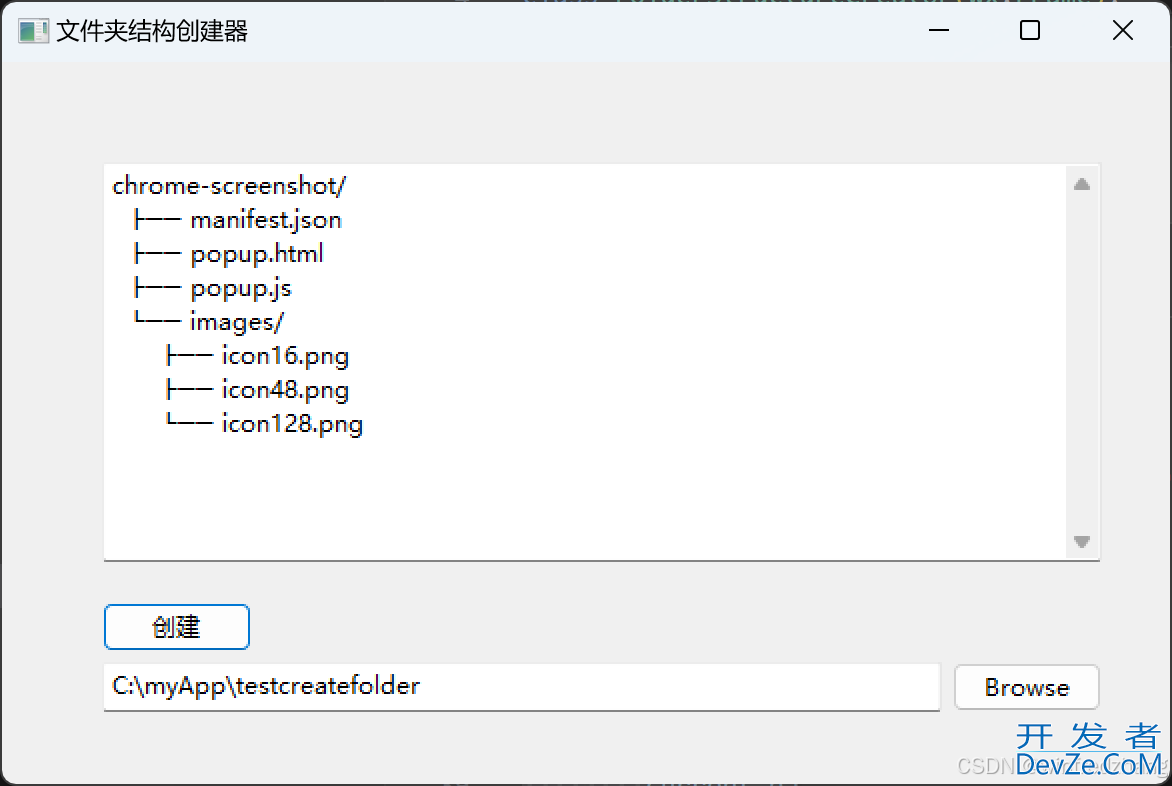目录
- 前言
- 1.通过XML的方式来生成一个bean
- 1)创建entity,命名为Student
- 2)在beans.xml中定义Student
- 3)测试bean
- 2.<bean>标签深入了解
- 1)name属性
- 2)scope属性
- 3)init-method和destroy-method方法
- 3.JavaConfig方式的bean定义
- 1)如何定义一个Bean
- 2)@Bean的其他参数
- 总结
前言
Spring中最重要的概念IOC和AOP,实际围绕的就是Bean的生成与使用。
什么叫做Bean呢?我们可以理解成对象,每一个你想交给Spring去托管的对象都可以称之为Bean。
今天通过Spring官方文档来了解下,如何生成bean,如何使用呢?
1.通过XML的方式来生成一个bean
最简单也是最原始的一种方式,通过XML来定义一个bean,我们来看下其过程
1)创建entity,命名为Student
@Data
@AllArgsConstructor
@NoArgsConstructor
public class Student implements Serializable {
private static final long serialVersionUID = -2088281526481179972L;
private int id;
private String name;
private int age;
}
2)在beans.xml中定义Student
<!-- 1.空值的student -->
<bean id="studentNoValue" class="domain.Student"/>
<!-- 2.带值的student -->
<bean id="student" class="domain.Student">
<property name="id" value="11"/>
<property name="age" value="22"/>
<property name="name" value="jack"/>
</bean>
<!-- 3.全参构造:使用成员变量名称对应 -->
<bean id="studentConstruct" class="domain.Student">
<constructor-arg name="age" value="22"></constructor-arg>
<constructor-arg name="id" value="11"></constructor-arg>
<constructor-arg name="name" value="jack"></constructor-arg>
</bean>
<!-- 4.全参构造:使用成员变量index对应 -->
<bean id="studentConstruct2" class="domain.Student">
<constructor-arg index="0" value="11"></constructor-arg>
<constructor-arg index="1" value="jack"></constructor-arg>
<constructor-arg index="2" value="22"></constructor-arg>
</bean>
<!-- 5.全参构造:使用成员变量类型对应 -->
<bean id="studentConstruct3" class="domain.Student">
<constructor-arg type="int" value="11"></constructor-arg>
<constructor-arg type="java.lang.String" value="jack"></constructor-arg>
<constructor-arg type="int" value="22"></constructor-arg>
</bean>
总结:可以看到,创建bean的方式多种多样,我们可以通过属性来赋值<property>,也可以通过构造参数来赋值<constructor>,关于构造赋值以上展示了三种方式,我们可以根据自己的需求来选择对应的方式。
3)测试bean
public class ApplicationContextTest android{
@Test
public void testXml(){
ClassPathXmlApplicationContext applicationContext = new ClassPathXmlApplicationContext("beans.xml");
Student studentNoValue = (Student) applicationContext.getBean("studentNoValue");
Student studentFullValue = (Student) applicationContext.getBea编程客栈n("studentFullValue");
System.out.println(studentNoValue);
System.out.println(studentFullValue);
Student studentConstruct1 = (Student) applicationContext.getBean("studentConstruct");
Student studentConstruct2 = (Student) applicationContext.getBean("studentConstruct2");
Student studentConstruct3 = (Student) applicationContext.getBean("studentConstruct3");
System.out.println(studentConstruct1);
System.out.println(studentConstruct2);
System.out.println(studentConstruct3);
Book bookChinese = (Book) applicationContext.getBean("bophpokChinese");
System.out.println(bookChinese);
}
}
// res:
Student(id=0, name=null, age=0)
Student(id=11, name=jack, age=22)
Student(id=11, name=jack, age=22)
Student(id=11, name=jack, age=22)
Student(id=11, name=jack, age=22)
2.<bean>标签深入了解
我们刚才介绍了最基本的Bean使用方式,大家会发现<bean>标签还有其他的属性,比如name/scope/lazy-init/init-method/...等,这些是做什么用的呢?我们在实际的工作中怎么使用呢?
1)name属性
在介绍name属性之前,我们先来看下ApplicationContext.getBean()的两种方式
* ApplicationContext.getBean(String name)
* ApplicationContext.getBean(Class<T> requiredType)
第一种方式的这个name是什么呢?我们应该如何定义,又该如何使用呢?
// 上文示例中,我们只是指定了Bean的id和class,如下所示
<bean id="studentNoValue" class="domain.Student" />
// 具体获取bean的方式如下:
Student studentNoValue = (Student) applicationContext.getBean("studentNoValue");
// 可以看到,在没有指定bean的name属性的时候,默认使用id来获取bean,当做name使用
// 如果我们不想根据id获取,那就需要主动指定bean的name属性,如下所示:
<bean id="studentNoValue" class="domain.Student" name="stuName"/>
// 这样在获取的时候,就需要使用指定的名称来获取,再根据id来获取的时候就会报错了
Student studentNoValue = (Student) applicationContext.getBean("stuName");
* 根据Class来获取这种方式很好理解,这个不关心你定义的id或者name是什么,使用如下:
Student studentNoValue = (Student) applicationContext.getBean(Student.class);
2)scope属性
可以看到,在使用scope属性的时候,提示有两种输入值,分别是singleton/prototype
这个就代表了Spring-Bean的两种创建模式,单例模式和原型模式
* Spring默认使用单例模式来创建Bean,通过ApplicationContext所获得的bean都是同一个bean(在beanName相同的情况下),我们可以来验证下
Student studentNoValue = (Student) applicationContext.getBean("stuName");
Student studentNoValue2 = (Student) applicationContext.getBean("stuName");
Systandroidem.out.println(studentNoValue == studentNoValue2);// true
可以看到的是结果输入为true,从工厂类中两次获取的stuName是同一个对象。
* 下面来验证下原型模式
原型模式:每次获取的bean都为一个新的对象
// 修改beans.xml中studentNoValue的scope为prototype
<bean id="studentNoValue" class="domain.Student" name="stuName" scope="prototype"/>
// 然后执行上面的测试代码
Student studentNoValue = (Student) applicationContext.getBean("stuName");
Student studentNoValue2 = (Student) applicationContext.getBean("stuName");
System.out.println(studentNoValue == studentNoValue2);// false
可以看到,输出结果为false,原型模式下从工厂类两次获取的stuName不是同一个对象。
3)init-method和destroy-method方法
见名知意,init-method应该是初始化方法的意思,destroy-method应该是销毁方法的意思。那怎么使用呢?
// 在Student.java中添加init()方法和destroy()方法
public void init(){
System.out.println("student init...");
}
public void destroy(){
System.out.println("student destroy...");
}
// 在beans.xml中studentNoValue的bean上添加 init-method和destroy-method
<bean id="studentNoValue" class="domain.Student" name="stuName" init-method="init" destroy-method="destroy"/>
// 测试方法如下:
ClassPathXmlApplicationContext applicationContext = new ClassPathXmlApplicationContext("beans.xml");
Student studentNoValue = (Student) applicationContext.getBean("stuName");
applicationContext.close();
// 执行结果:
student init...
student destroy...
总结:在获取bean的时候init()方法被执行,在容器被销毁的时候,执行了destroy()方法
根据这个,我们可以在初始化bean和销毁bean的时候做点什么,比如关闭连接,保存记录之类的操作。
延伸:那么初始化init()方法在构造方法之前调用,还是之后调用呢?读者可以自行验证下
总结:还有一些其他属性,笔者就不再一一验证了,下面说一下通过JavaConfig的方法来实现bean的定义。
3.JavaConfig方式的bean定义
JavaConfig是Spring4.x推荐的配置方式,可以完全替代XML的方式定义。
1)如何定义一个Bean
// 创建一个类,命名为SpringConfiguration
@Configuration
public class SpringConfiguration {
@Bean
public Student student(){
return new Student(11,"jack",22);
}
}
// 使用bean
AnnotationConfigApplicationContext applicationContext
= new AnnotationConfigApplicationContext(Sprin编程gConfiguration.class);
Student student = (Student) applicationContext.getBean("student")
System.out.println(student);
// res:
Student(id=11, name=jack, age=22)
相对于XML的使用方式而言,JavaConfig的使用方式基本是同步的
* @Configuration等同于<beans></beans>
* @Bean等同于<bean></bean>
* 通过AnnotationConfigApplicationContext来加载JavaConfig
* 方法名student()就等同于<bean>中的id,默认方法名就是beanName
2)@Bean的其他参数
* name属性等同于<bean>的name
* initMethod属性等同于<bean>的init-method
* destroyMethod属性等同于<bean>的destroy-method
* scope这个比较奇怪,不属于@Bean的参数,这是一个单独的注解,使用方式如下
@Bean(name = "stu",autowire = Autowire.BY_TYPE)
@Scope(value = "singleton")
public Student student(){
return new Student(11,"jack",22);
}
总结
以上全文,我们通过两种方式来定义一个Bean,默认推荐JavaConfig。
还有一些其他属性,笔者就不一一列举了。
这些仅为个人经验,希望能给大家一个参考,也希望大开发者_Python开发家多多支持我们。
参考:
Spring Framework Reference Documentation
代码地址:github - kldwz/springstudy









 加载中,请稍侯......
加载中,请稍侯......
精彩评论